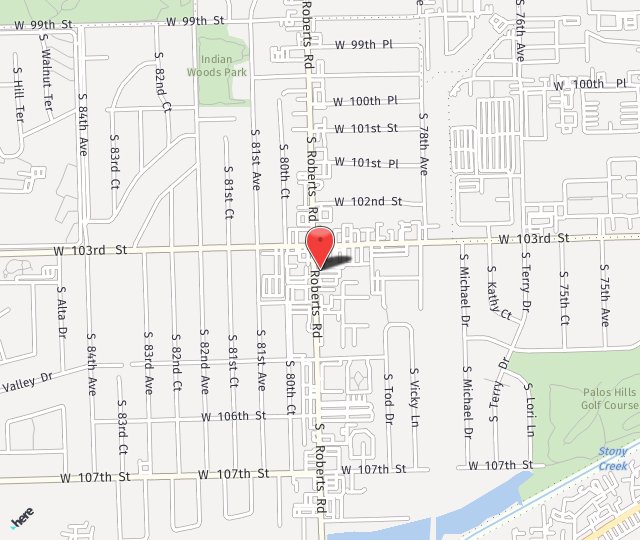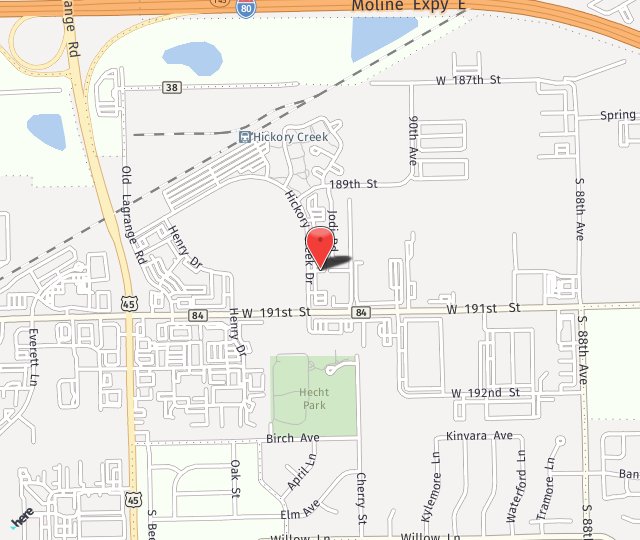Are you struggling with severe hip pain and movement problems? Does standing up or walking across the room sometimes feel like an ordeal? You’re not alone.
Many people with these challenges try conservative care without success — and that’s where hip replacement can come in to save the day and restore your mobility. However, it might be a bit confusing when you’re just starting to learn about hip replacement because not all procedures are the same.
Depending on the extent of joint damage, patients may need a total hip replacement (THR) or a partial hip replacement (PHR). Understanding these two options and how they work can help you determine the best option for your needs.
At our offices in Palos Hills and Mokena, IL, Dr. Sarkis Bedikian, a renowned board-certified and fellowship-trained orthopedic surgeon, specializes in hip replacements that he expertly customizes for the individual.
Dr. Bedikian uses a wide spectrum of state-of-the-art technology to ensure optimal outcomes, with patients resuming happy, active lives after total and partial hip replacements. Read on to learn the difference.
What Is a Total Hip Replacement?
A total hip replacement (THR) involves replacing both the femoral head (ball) and the acetabulum (socket) of the hip joint with artificial parts.
A total hip replacement is often the best solution for:
- Severe osteoarthritis that affects the entire hip joint
- Rheumatoid arthritis or other inflammatory joint diseases
- Avascular necrosis causing joint collapse
- Hip fractures or trauma leading to significant joint deterioration
During a THR, Dr. Bedikian removes damaged bone and cartilage and replaces them using a metal or ceramic ball and a high-quality plastic or metal socket.
These biocompatible materials integrate well with your body and work like a healthy natural joint. Ultimately, this allows smoother movement and improved mobility without the pain caused by bone-on-bone friction.
What Is a Partial Hip Replacement?
A hemiarthroplasty, or partial hip replacement (PHR), involves replacing only the hip joint’s femoral head. It doesn’t alter the natural hip socket. This procedure is typically used for very specific situations, such as hip fractures in elderly adults.
Since the acetabulum is left intact, the procedure is less invasive than a total hip replacement and typically involves a shorter recovery time.
Choosing Total or Partial Hip Replacement
Most patients get THRs today, with recent statistics showing they’re nearly six times more common.
The procedure choice depends on the extent of joint damage, the patient’s age, and overall health.
Dr. Bedikian comprehensively evaluates your needs and recommends which surgery can give you the best long-term results.
Hip Replacement Surgery in Palos Hills and Mokena, IL
Total or partial hip replacement may be the solution if hip pain drags you down. Dr. Sarkis Bedikian provides advanced hip replacement options, including customized procedures for improved comfort and function. Call our office today at 708-237-7200 to book your consultation.




